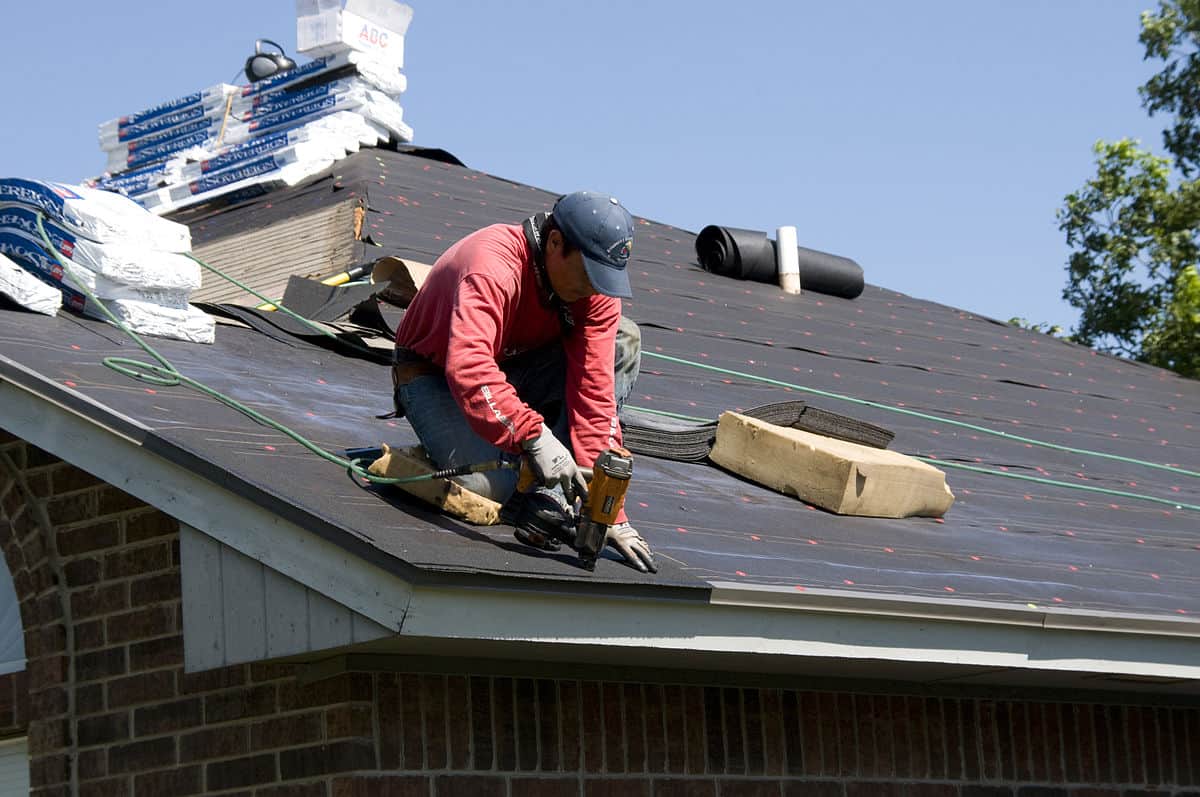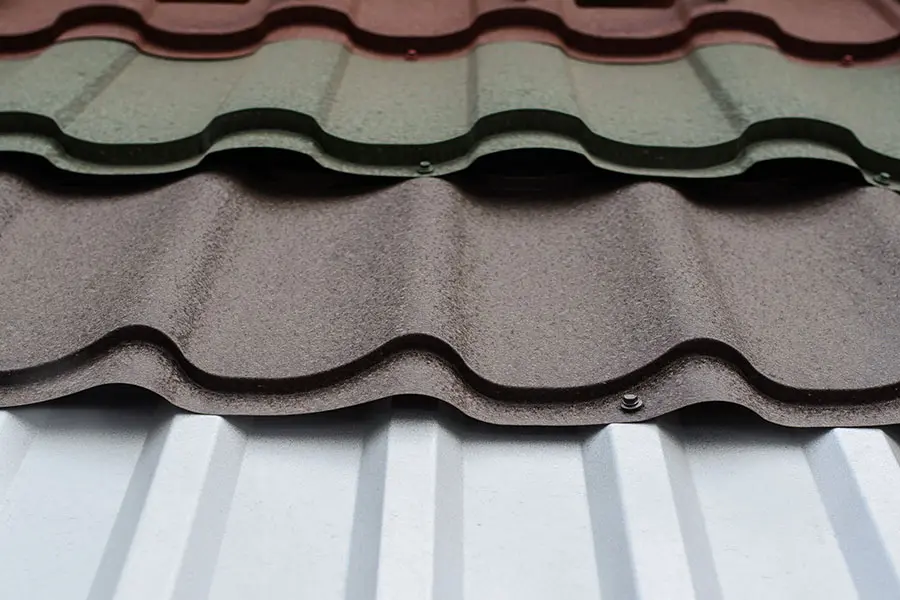A Comprehensive Check Out Roofing Companies Gainesville Homeowners Recommend
A Comprehensive Check Out Roofing Companies Gainesville Homeowners Recommend
Blog Article
Ideal Practices for Ensuring Correct Roof Covering Air Flow
A well balanced consumption and exhaust air vent ratio, frequently 1:300, plays an essential duty, with consumption vents ideally positioned at the reduced side of the roofing for great air access and exhaust vents at the top for cozy air leave. Maintaining insulation away from vents is important to prevent air movement constraint.
Understand Ventilation Fundamentals
Correctly understanding air flow fundamentals is vital for ensuring the longevity and efficiency of roof. Efficient ventilation reduces dampness build-up and temperature level extremes in the attic room, both of which can cause considerable architectural damage with time. A well-ventilated roof covering helps in stopping usual concerns such as mold and mildew growth, wood rot, and ice dams, which can jeopardize the integrity of the roof products and the underlying structures.
The main goal of ventilation is to facilitate the motion of air, allowing for a consistent exchange in between the indoor and outdoor atmospheres. This balance is attained via a combination of consumption and exhaust vents that collaborate to maintain optimum air flow. Intake vents, normally located along the soffits or eaves, permit fresh air to go into the attic room, while exhaust vents, frequently located at or near the roof ridge, allow hot, humid air to get away.
Secret aspects affecting the effectiveness of roof covering air flow consist of correct positioning, appropriate sizing, and guaranteeing that both intake and exhaust vents are unblocked. Normal examination and maintenance are important to determine possible blockages, damages, or ineffectiveness in the ventilation system, therefore safeguarding the roof covering's efficiency and toughness.
Types of Roofing Vents
Roofing vents play a vital role in preserving efficient attic room air flow and, by extension, the overall health and wellness of the roof covering system. Numerous kinds of roof vents are offered, each with unique benefits tailored to particular roofing requirements.

Soffit vents are mounted under the eaves and operate in tandem with roofing system vents to guarantee a well balanced intake and exhaust system. By enabling cooler air to go into from below, soffit vents facilitate the expulsion of hot air through upper vents. Gable vents, located on the outside wall surfaces of the attic room, deal another reliable remedy, particularly in homes with saddleback roofs.
Assess Your Existing Ventilation

Following, take into consideration the age and problem of your roof covering materials and air flow components. Older systems may not adhere to present building codes or may have deteriorated gradually, decreasing their performance. Conduct a navigate to these guys comprehensive exam to determine any kind of indicators of deterioration, such as corrosion, damages, or voids that might endanger the system's performance.
Furthermore, gauge the attic temperature level and moisture levels. Heats and humidity can suggest insufficient air flow - roofing companies in gainesville florida. Use a hygrometer and thermostat to obtain precise analyses, comparing them with outdoor conditions. Relentless disparities recommend possible issues that need dealing with.
Setup Best Practices
Effective installation of roof air flow systems is paramount for making sure optimum efficiency and longevity. Proper installation begins with recognizing the particular ventilation demands of the building and the roof covering it covers. This includes calculating the correct ratio of consumption to wear down vents, typically sticking to the 1:300 regulation, which stipulates one square foot of ventilation for each 300 square feet of attic flooring room.

Intake vents must be mounted at the roof covering's reduced side, often in the soffits, to allow trendy air to enter. Exhaust vents, on the other hand, should be set up near or at the roof's optimal to help with the departure of warm, wet air.
Seal all vent connections thoroughly to protect against air leaks and possible water seepage. Use premium products and adhere to manufacturer standards to ensure sturdiness and performance. In addition, integrating ridge vents with baffles can considerably improve airflow performance by protecting against wind-driven rain and snow from entering the attic room.
Ultimately, accurate setup of roofing ventilation systems mitigates potential issues such as mold and mildew development, ice dams, and structural damage, making certain the roof covering's honesty and the structure's general wellness.
Normal Upkeep Tips
Uniformity in maintenance practices is basic to guaranteeing the lasting performance of roof ventilation systems. Normal assessments are critical, ideally executed biannually-- in the springtime and loss. During these evaluations, make sure that vents are without debris, nests, and various other obstructions that might hamper airflow. Look for any type of indicators of dampness buildup or mold and mildew, as these can indicate improper ventilation or leaks (roofing companies in gainesville florida).
Cleaning the vents is one more essential task. Utilize a soft brush or a vacuum to get rid of dirt and debris from consumption and exhaust vents. Beware not to harm the vent displays or louvers during the process. In addition, evaluate the attic area for any signs of water damage, which can compromise the integrity of the roof system.
Proper insulation is similarly vital. Make certain that attic insulation does not block the vents, as this can significantly limit air flow. If any kind of web link insulation has actually moved or worked out, rearrange or replace it to keep a reliable barrier.
Finally, replace any kind of harmed or missing out on elements immediately. Busted vents, fractured shingles, or deteriorated blinking can all add to poor air flow and must be attended to immediately. Routine maintenance guarantees that the roof ventilation system functions optimally, thus prolonging the lifespan of the roofing system itself.
Verdict
Ensuring proper roof ventilation is paramount for keeping the efficiency and sturdiness of a roof. Adherence to the 1:300 intake and exhaust air vent proportion, coupled with the calculated placement of vents, is necessary. Routine biannual inspections, debris cleansing, and guaranteeing insulation does not block air movement are critical techniques. Executing these best techniques will certainly foster a well-ventilated roof, thereby reducing possible problems connected to moisture accumulation and too much warm, inevitably prolonging the roofing system's life-span.
A balanced consumption and exhaust air vent proportion, generally 1:300, plays a pivotal function, with consumption vents ideally placed at the lower side of the roof covering for trendy air entry and exhaust vents at the height for cozy air departure. Intake vents, normally situated along the eaves or soffits, permit fresh air to enter the attic room, while exhaust vents, often positioned at or near the roof ridge, allow warm, damp air to get away.
Soffit vents are mounted under the eaves and job in tandem with roofing vents to make certain a balanced intake and exhaust system. By permitting cooler air to enter from below, soffit vents promote the expulsion of hot air through upper vents. Adherence to the 1:300 intake and exhaust vent proportion, combined with the tactical placement my latest blog post of vents, is crucial.
Report this page